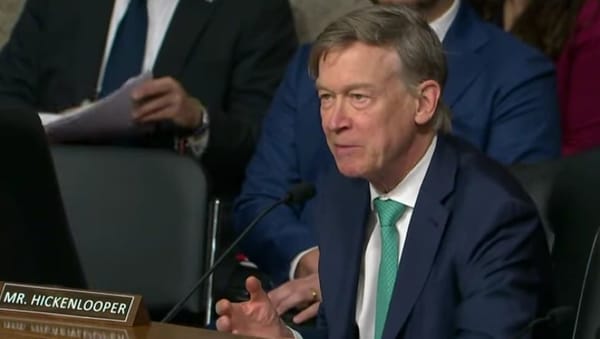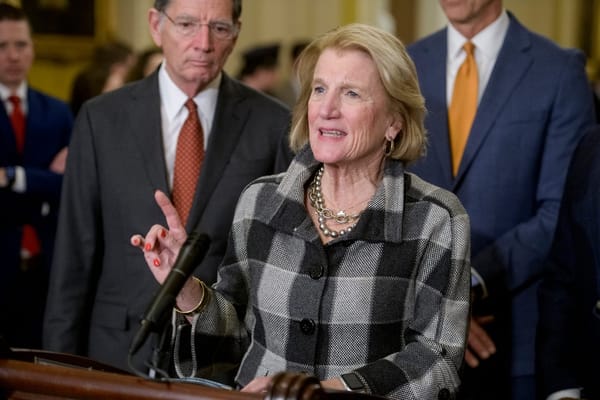Department of Energy Sets Funding Criteria for Smart Grid Applicants
WASHINGTON, June 28, 2009 – The Department of Energy on Thursday published eligibility criteria for applicants of so-called “smart grid” funding applicants, with up to $3.9 billion available in grants to support the upgrading the electricity grid.
By Douglas Streeks, Reporter-Researcher, BroadbandCensus.coom
WASHINGTON, June 28, 2009 – The Department of Energy on Thursday published eligibility criteria for applicants of so-called “smart grid” funding applicants, with up to $3.9 billion available in grants to support the upgrading the electricity grid.
The guidelines, released by Energy’s Electricity Delivery and Energy Reliability Office, included instructions on who is eligible for funding, how the applicant may use the funds, timelines for funded projects, and functions the projects must be able to perform. Approximately $3.3 billion of the total is to be devoted to the Smart Grid Investment Grant Program; and $615 million for demonstration projects.
“These investments will be used to develop a smart, strong and secure electrical grid that will help integrate renewable resources onto the grid, deliver power more reliably and effectively with less environmental impact, and create new jobs across the country,” Energy Secretary Steven Chu said in a statement.
“By investing in updating the grid now, we will lower utility bills for American families and businesses, lessen our dependence on oil, and help advance a clean energy future for the nation,” he said.
The proposed projects must not last longer than three years and the applicant must provide at least 50 percent sharing for the total project costs, have no conflict of interest and be otherwise eligible for award, the application said.
In an initial announcement issued on Thursday, the department said that eligible applicants should include individual entities or teams of entities and that organizations eligible for both lead and supporting roles include electric power companies, government agencies, universities and colleges, electricity consumers, and private companies. Federal agencies are eligible only for supporting roles and not for funding, the department said.
The grants are for the development, storage, and transmission of digital information relevant to device, grid, or utility operations; sensing and localizing disruptions or changes in power flows on the grid and communicating such information instantaneously and automatically for purposes of enabling automatic protective responses; and dealing effectively with system security threats.
Any application or machine must have the ability to respond to such signals, measurements, or communications automatically; use digital information to operate functionalities on the electric utility grids that were previously electro-mechanical or manual; and use digital controls to manage and modify electricity demand, enable congestion management, assist in voltage control, provide operating reserves, and provide frequency regulation, according to the notice.
Eligible investments for SGIG funds, said the department, may include internal devices that allow appliances covered for purposes of establishing energy conservation standards to engage in smart grid functions and installation of devices or modification of electricity-using equipment to engage in smart grid functions; monitoring and communications devices to enable smart grid functions in transmission and distribution equipment; installation of metering devices, sensors, control devices, etc., to electric utility systems, retail distributors or marketers of electricity that are capable of engaging in smart grid functions; software that enables devices or computers to engage in smart grid functions; equipment that allows smart grid functions to operate and be combined or coordinated among multiple electric utilities and between that region and other regions; enabling distributed electricity generators to be monitored, controlled, or otherwise integrated into grid operations and electricity flows on the grid utilizing smart grid functions as well as distributed electricity generators owned and operated by persons other than electric utilities; and devices that allow electric or hybrid-electric vehicles to engage in smart grid functions.
The final rules reflect the input of more than 600 comments that the department received on the proposal solicitations, the Energy Department said. While the department had previously announced that while the maximum award limits for both programs were being increased, it said it will support projects of all sizes. Under the final solicitations, the maximum award for the Smart Grid Investment Grants will be $200 million; the maximum award for the Smart Grid Demonstrations will be $100 million.









Member discussion